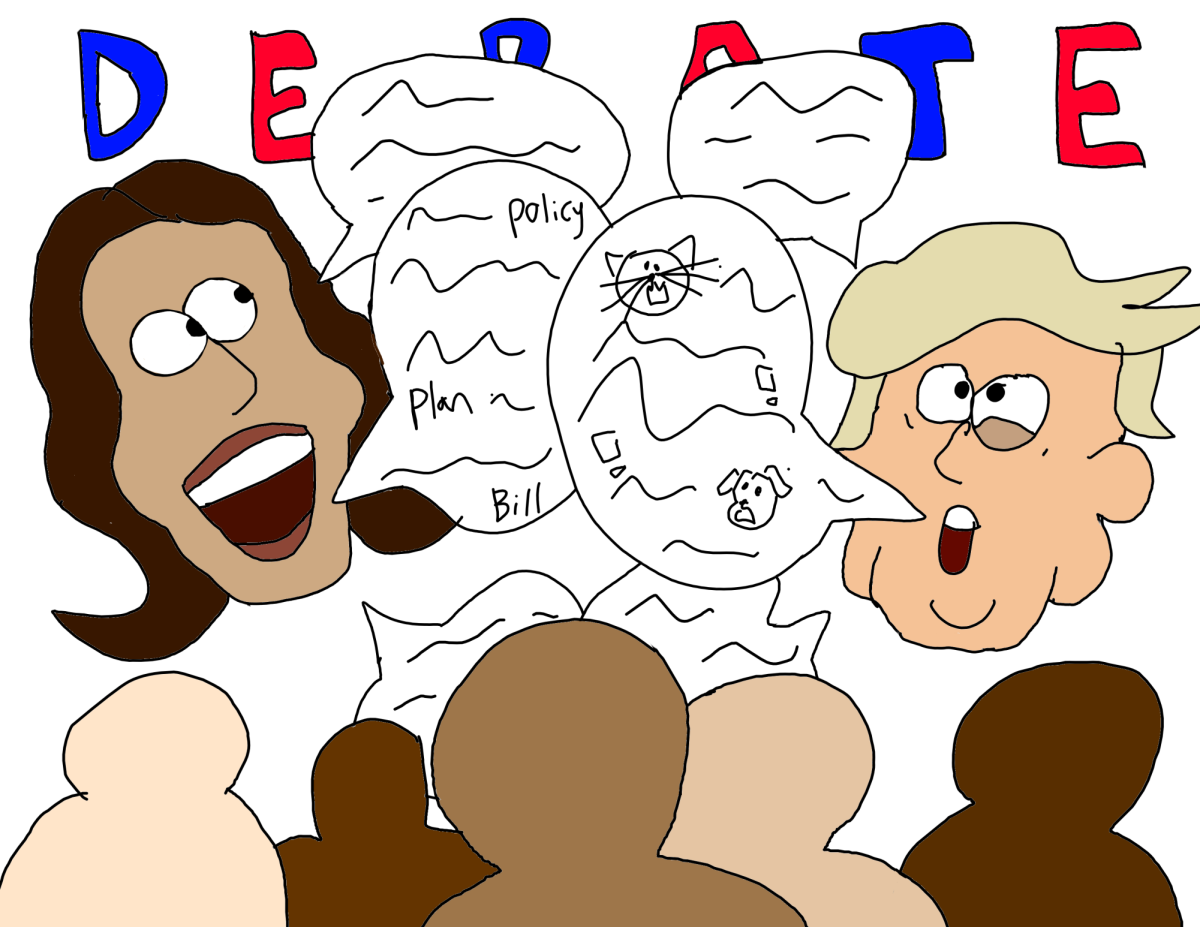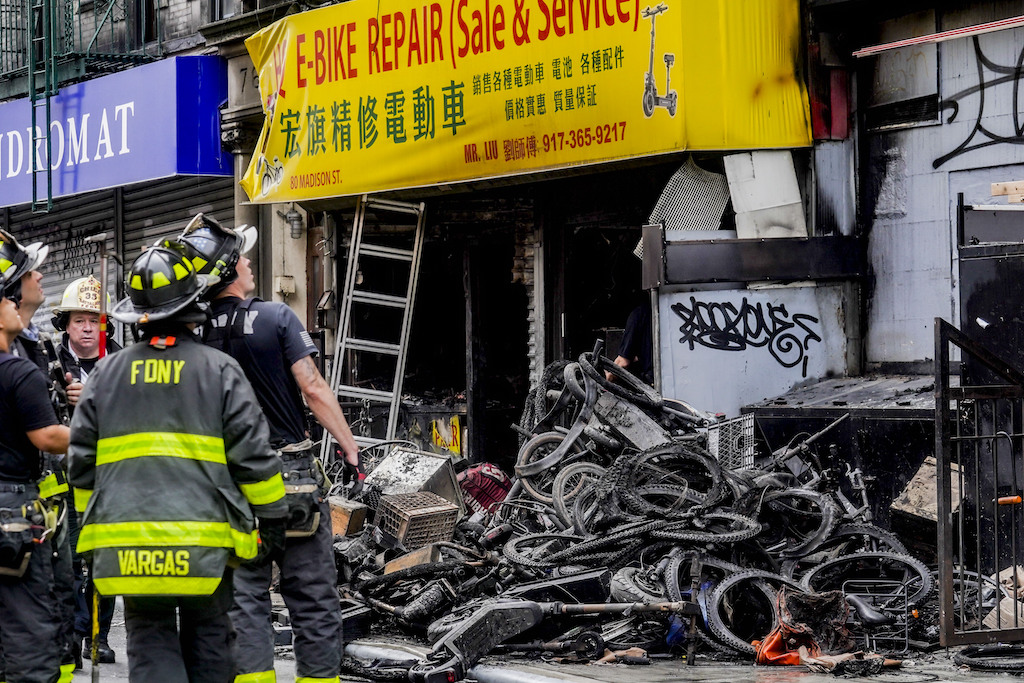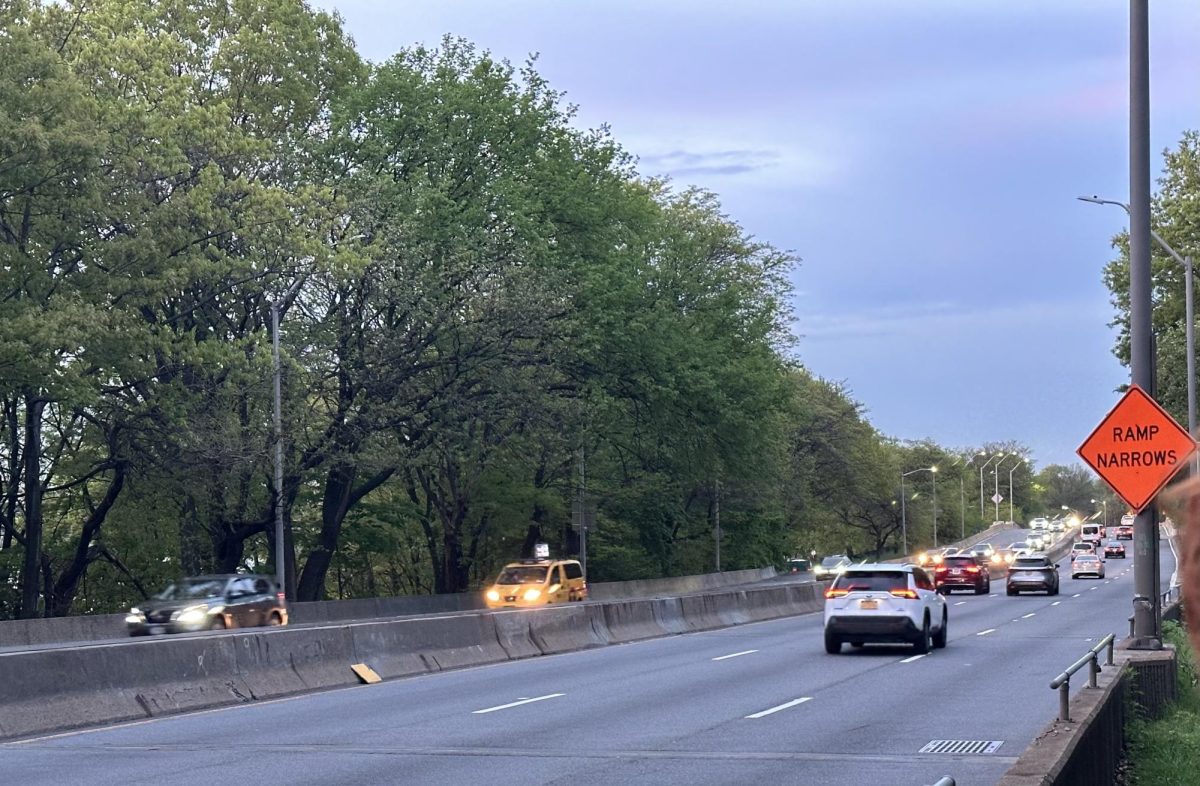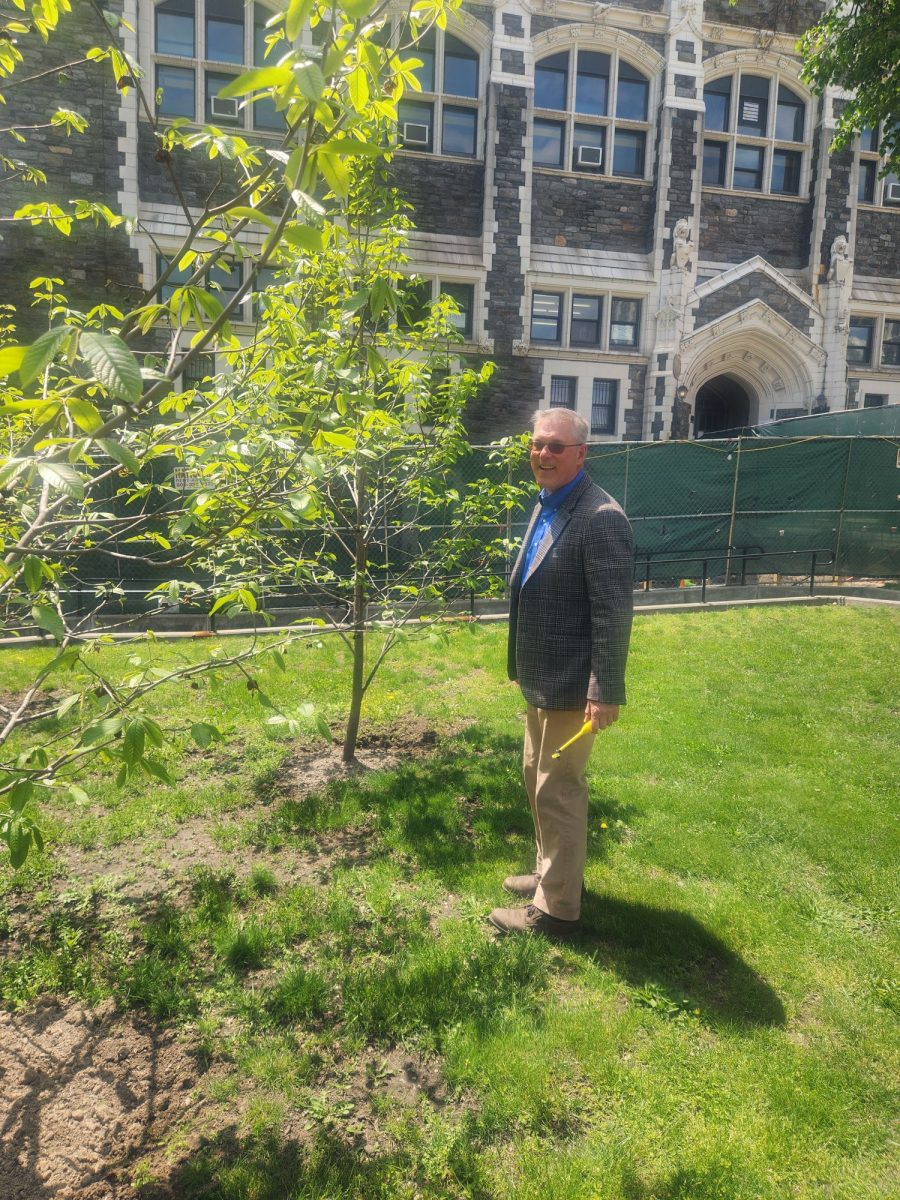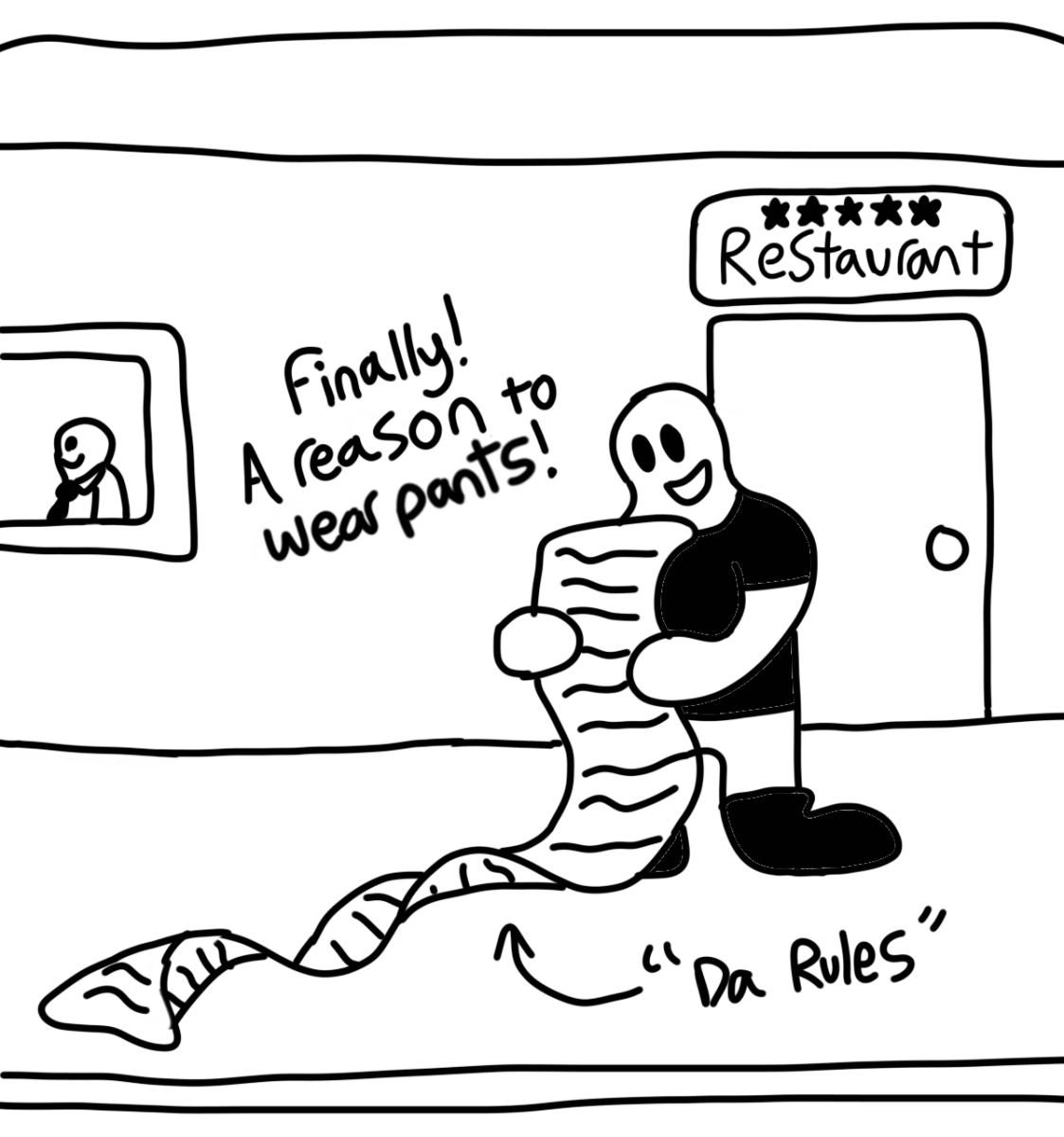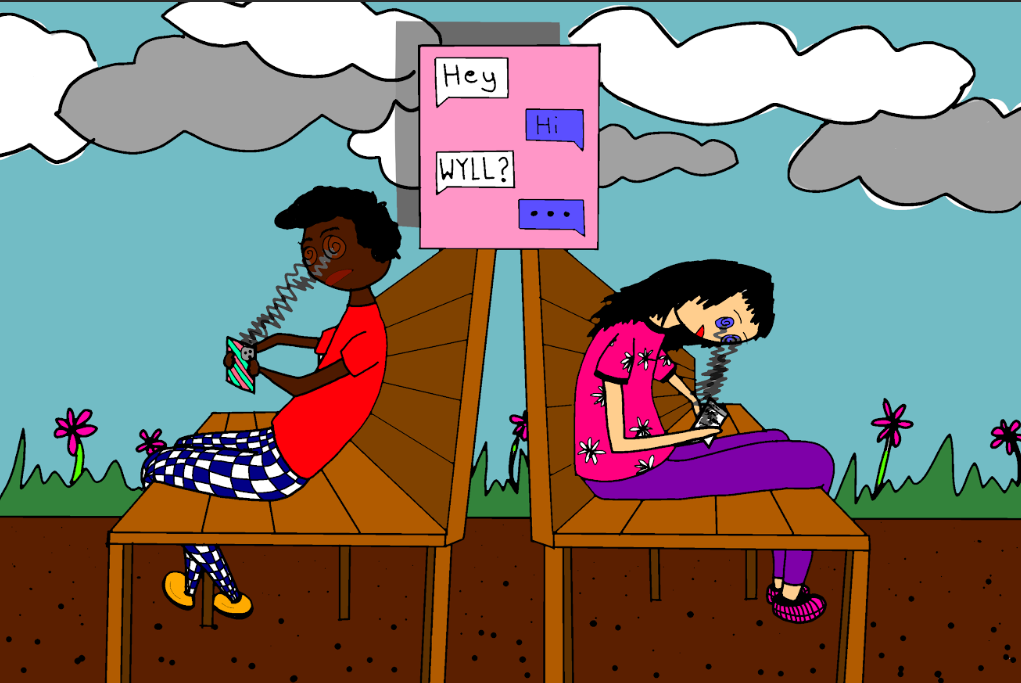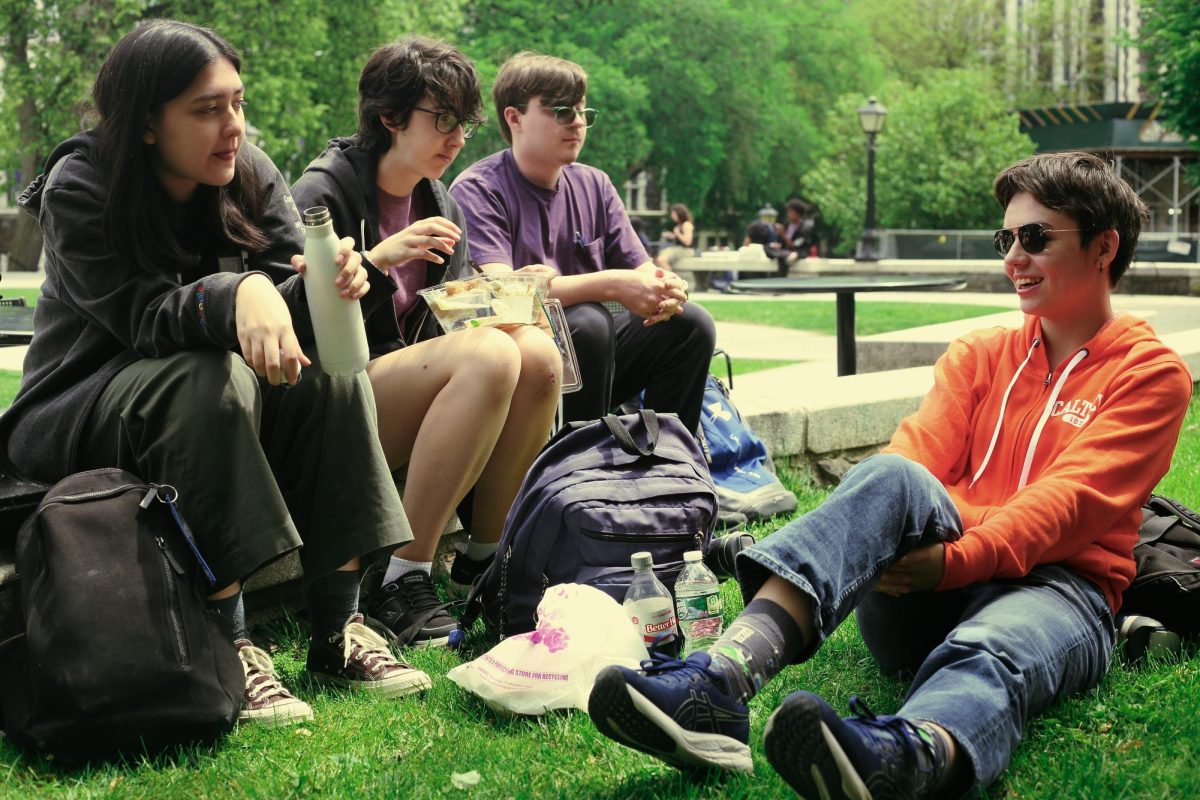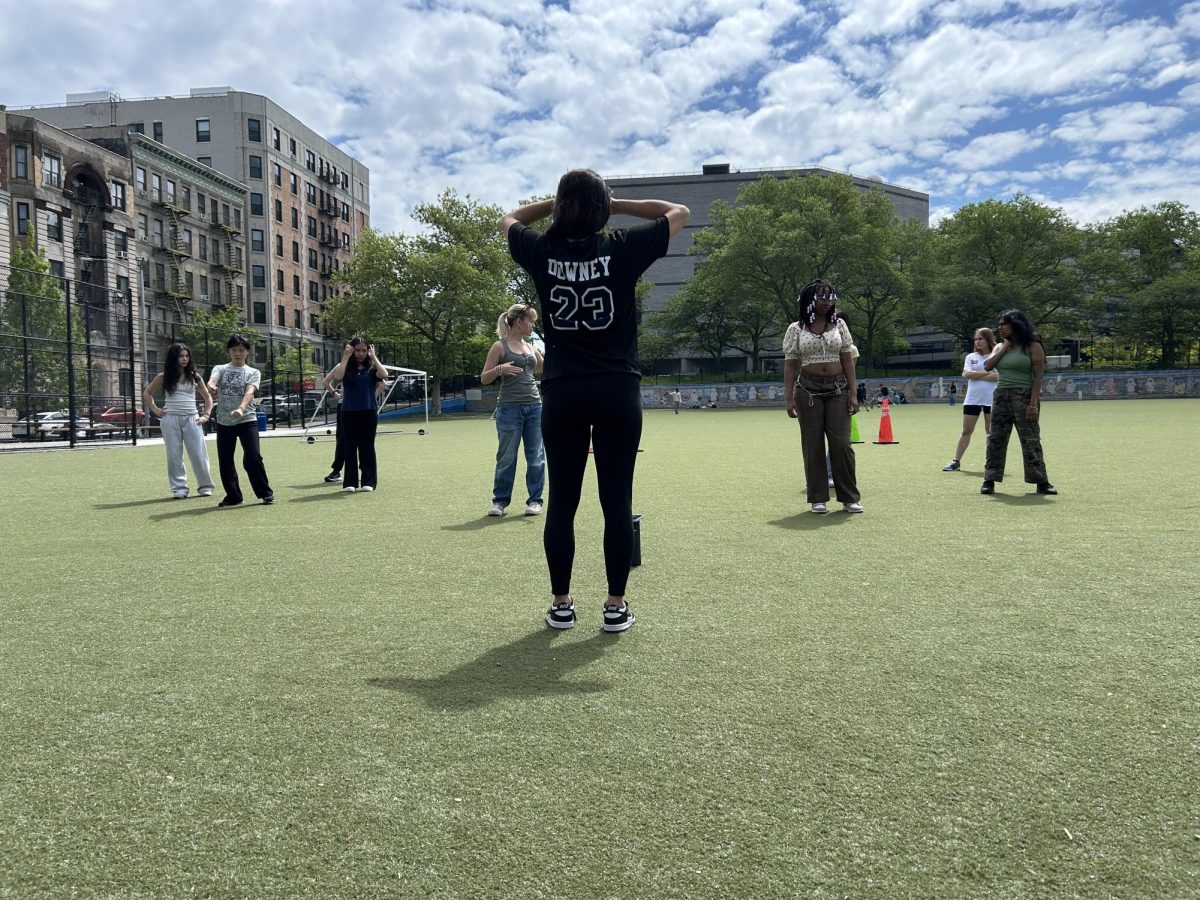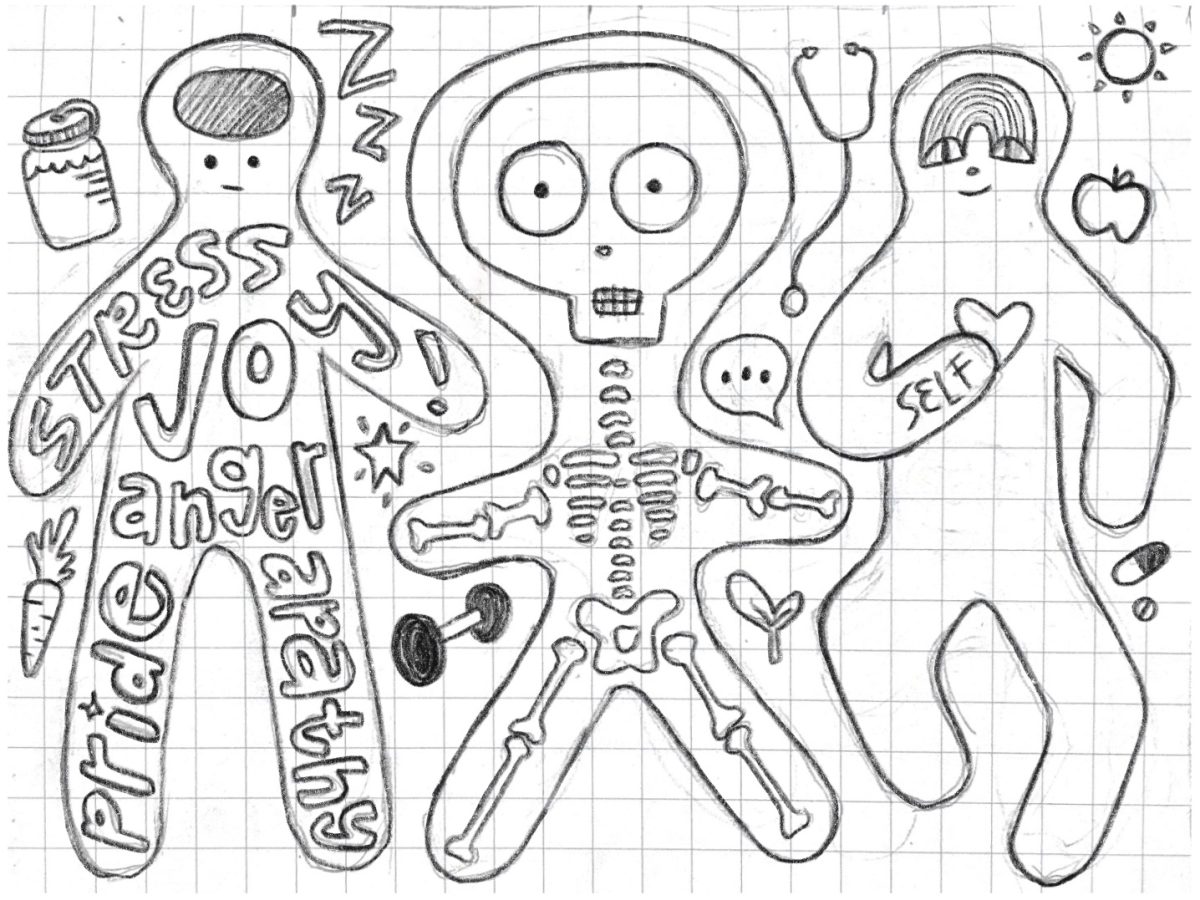For the last few years, each winter has brought less and less snowfall. In past winters, New Yorkers count on sledding and stomping through a foot of snow to get to school, whereas now, a mid-January flurry is a miracle. Will winter in New York ever return?
Even before climate change became so noticeable, New York City was getting less snow than states further north. When snow did fall, it turned almost entirely to slush within 24 hours. Snow has barely shown up for the past few years because of the increasing temperature of the planet: last year the global average temperature was the highest ever recorded. These temperature increases aren’t always noticeable in the summer, but a small degree difference can determine whether the air is cold enough for snow instead of rain. The main contributor to the rising temperatures and decreasing snow is the burning of fossil fuels, contributing over 75% of global greenhouse gas emissions. To be more snow-specific, even with the perfect conditions, winds can blow a storm off-track. Wind patterns and extreme climates are caused by changing temperatures in the ocean, which are a direct result of global greenhouse emissions. Global wind patterns are pushing winter storms just north of New York City, creating warmer winters here as well as along the southern parts of the East Coast.
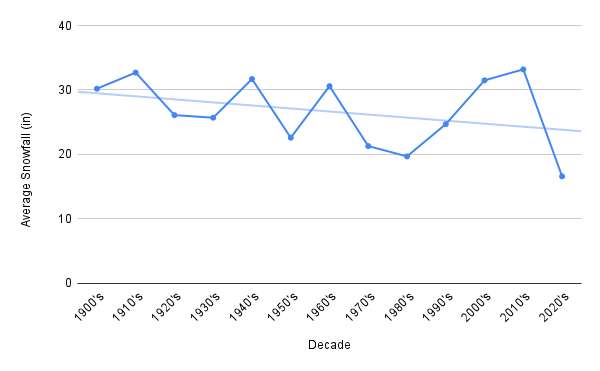
Average Snowfall per Decade in Central Park
There is a clear downward trend since the 1900’s–will it continue?
But how much of these emissions are our fault? New York City is home to eight million people, many of whom throw out trash, waste energy, or even smoke and proceed to litter their cigarettes every day. In addition to these daily actions, the majority of New York City’s emissions come from fossil fuels, which power most of the buildings in the city. Though fossil fuels aren’t directly under our control, lots of non-profit organizations exist specifically to help save the earth. Petitions can be signed at the Environmental Defense Fund’s website against fossil fuels as well as at other non-profits, and the New York City Council provides lots of information specific to climate change in New York City. They explain that the city’s goal is to reduce fossil fuel emissions by 80% by 2050, but the only way to accomplish this goal is to immediately start moving away from burning fossil fuels as a primary energy source. Solutions could include using more renewable energy sources or even just making sure to turn off the lights when leaving a room. Small actions like these, when multiplied by eight million, create huge positive impacts. In order for snow and sledding to return to the city, residents of New York City, including students at HSMSE, need to do their part to take action against climate change.
In addition to contributing to climate change, many New York City residents also experience its negative effects. Highway congestion and construction throughout the city create large amounts of pollution, and minimal tree coverage allows for intense heat in our neighborhoods. Severe heat or abnormal weather also affects plant growth all through New York City.
This isn’t just about us: Climate change contributes to strange weather patterns across the United States. Georgia and Alabama both received high amounts of snow this year, which is unusual for Southern states. Following an especially dry year in 2024, this winter has brought the first measurable snow to Atlanta since 2018. These effects might be surprising, since we often think of climate change in terms of the worldwide trend of warming, but it causes obscure weather around the world.
Though areas in the South are receiving lots of snow, climate change should not be ignored or regarded as “fixed.” These abnormal temperatures are effects of global warming, but they can be prevented from worsening further. Bringing back traditional winter weather on the East Coast will also require some work. We need to continue helping the city lower its emissions to keep cool winters in New York City. By taking the subway, recycling, or composting—and encouraging corporations and our government to do their part as well—we can help prevent the warming of our planet and hold out hope for snow in the future.




